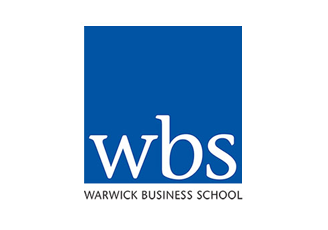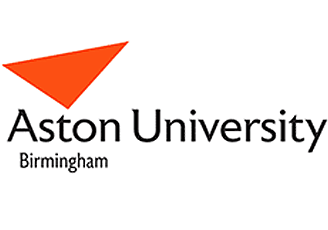Re-writing the innovation rulebook
Re-writing the innovation rulebook
Have you ever heard of the Oslo Manual? Sadly it’s not a type of Nordic Kama Sutra but instead the official – OECD backed – rulebook for thinking about and measuring innovation.
Over the last 25 years successive editions of the Oslo Manual have provided the definitive guide to what gets measured in terms of innovation. In particular, it has been the foundation for the European Community Innovation Survey and many other similar innovation surveys in countries as diverse as China and Columbia.
The Oslo Manual is much more than a guide to measuring innovation, however. It provides a broad guide to the changing nature of innovative activity itself reflecting new trends in technology, in innovation practice and academic research. The last edition was published in 2005. Now, OECD and Eurostat are working on a new edition of the Oslo Manual, a process which should be concluded towards the end of 2017. What do we need to add to the newest version? Should we change the definition of innovation itself? Or, have recent developments been concentrated purely on the way businesses innovate?
I recently attended a workshop organised by Christian Rammer at ZEW, Mannhiem at which some of these issues were discussed as part of the Oslo Manual revision process. The agenda was broad and perhaps raised more questions than answers! But some of the key arguments were around:
- The need for a more nuanced view of the innovation landscape. Issues remain around the definition of innovation itself and the difference between new to the world and new to the firm innovation.
- Questions about what constitutes innovation in firms engaged in design or architectural services, for example, where each project is unique.
- Is there a need to shift the focus from R&D as a privileged driver of innovation to place equal value on design, creativity, innovation stimulated by collaboration?
- The value of adopting a more structured review of the innovation process reflecting the contrasting resource needs and success factors for exploratory and commercialisation activities?
Some important issues remained largely undiscussed. The role the digital economy in changing the innovation landscape, for example. And, more could perhaps have been said about how we maximise the economic and social value from innovations which are introduced.
Some things never seem to change – the Kama Sutra was compiled into its current form in the 2nd Century AD. Innovation measurement and practice seems to evolve more rapidly! The group working on the Oslo Manual revisions have an unenviable but important task ahead.
Please noted that the views expressed in this blog belong to the individual blogger and do not represent the official view of the Enterprise Research Centre, its Funders or Advisory Group.











